Whether you’re just getting started building your new commercial brewery or looking to expand, installing a new brewhouse is no small undertaking. It requires extensive production planning and precise installation. As with many things in the craft brewing industry, there is typically not a one-size-fits-all solution for brewers. When Ellicottville Brewing Co., based in Ellicottville, N.Y., was looking to expand, it turned to Gusmer Enterprises’ experts to help map out a brewhouse plan. With the installation a resounding success, we sat down with Peter Kreinheder, owner of Ellicottville Brewing Co. (EBC), and Chris Atkinson, brewing products manager and key accounts with Gusmer Enterprises, to discuss the process and glean insight for craft brewers looking to build their brewery.
Craft Brewing Business (CBB): Hi Peter and Chris, thanks for taking the time to chat. To start, give us a quick overview of the project – what were the brewery’s goals and expectations? What size space did you have to work with? What choices did the brewery have to make in the early stages?
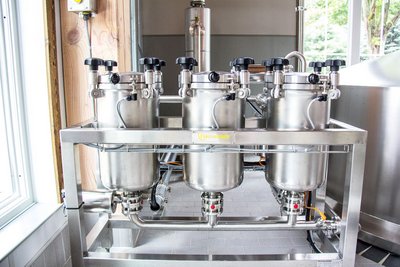
Kreinheder: We had an existing brewery with a 10-barrel (bbl) system, and we wanted to expand to a 30-bbl system. The system we wanted to invest in was to be automated, user-friendly, aesthetically pleasing and efficient. After initial discussions with multiple vendors, we realized that Esau & Hueber (E&H) was the most flexible in its approach. We had to choose between E&H System NERB Professional Series, industrial modular brewhouse, or a Premium Series, custom built to fit our site.
As soon as I decided that the facility was to be a showcase, the E&H System NERB Premium Series was chosen and we moved forward with design. This was handled easily between myself, the architect and E&H. Size wasn’t an issue as it was designed to fit a purpose-built building.
CBB: What equipment was included in the installation? What advantages did they provide?
Kreinheder: I had researched mid-sized brewery manufacturers and found domestic manufacturers were lacking the depth and experience I desired. EBC wanted a three vessel brewhouse with complete automation. We chose a 35 HL E&H System NERB Premium Series. This included:
- Tauber Grain Handling & Milling system — four roller mill
- Mash Tun
- Lauter Tun with Ponndorf Spent Grain System
- Kettle/Whirlpool with low pressure External Wort Boiler
- Hop dosing station
- E&H turboair wort aeration equipment
- Control System – E&H WINBREW operating system
Brewery Water system tanks and Utilities were sized by E&H’s brewery engineers — but EBC sourced them domestically.
CBB: Describe the installation process — how long did it take from start to finish? What were some of the big complications the installation had to overcome? What was the most complicated installation?
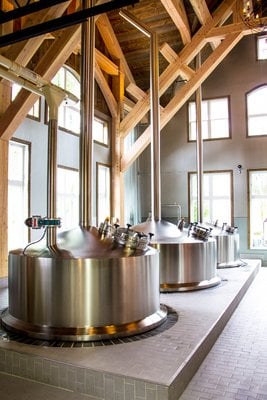
Kreinheder: Installation was very simple — since we had an operating brewery in place we were not under extreme time pressure. The equipment arrived in March 2013 and was completely operational in June 2103 — all on schedule.
The most complicated part of the installation was the initial setting of the tanks into the custom-designed timber framed building. Being the owner and being onsite every day during the install, I didn’t have any “issues”. All aspects were handled in a professional manner and the E&H installation supervisors would answer my questions with “It’s not a problem”…. And we didn’t have any problems. It was a smooth and enjoyable experience.
Even though this was a custom-designed Premium Series System NERB brewhouse — the majority of the main piping systems came premade/factory tested from Schrobenhausen. This made for a very easy install. My brother-in-law installed a larger brewhouse from another manufacturer and the install was far more labor intensive as all piping was custom fitted on site. I appreciated that E&H looked at the system in a manner that would allow for a simple installation process.
CBB: For brewers who are looking to open a brewery, what advice would you give them in regard to planning for equipment and the installation process? What advice would you give to an established brewer looking to upgrade their brewhouse or expand?
Atkinson: During the planning phase, allocate 50 percent more time than what you anticipate. It always takes more time to plan than you think, and a well devised plan makes for an easier process.
Kreinheder: Select the best local tradesmen (riggers, welders, electricians) and general contractor that you can find. We had an excellent team that Esau & Hueber’s staff relied on during the installation.
When evaluating suppliers, research your options. We chose our supplier due to their ability to be flexible, their comprehensive knowledge of process and lastly that they were backed by a solid organization that was stable and going to be around for many years. You are making a decision that will last 20 years; you want to make sure that the company you deal with will be around to look after your investment.
CBB: What other brewhouse details are important for a brewer to understand?
Atkinson: You need to research all utilities needed in the installation — water, steam, power and waste streams, etc. — and understand your environmental conditions such as whether you need extra considerations for cold climates.

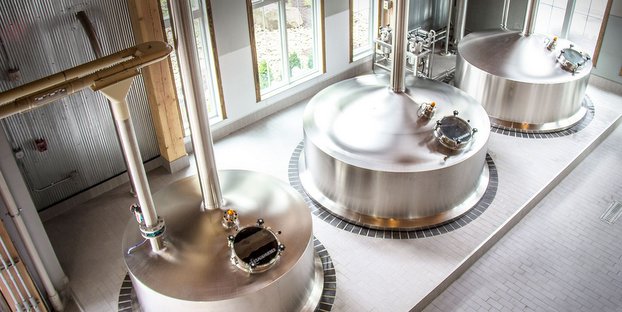
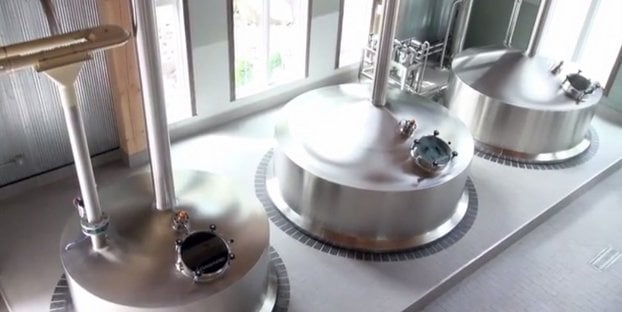
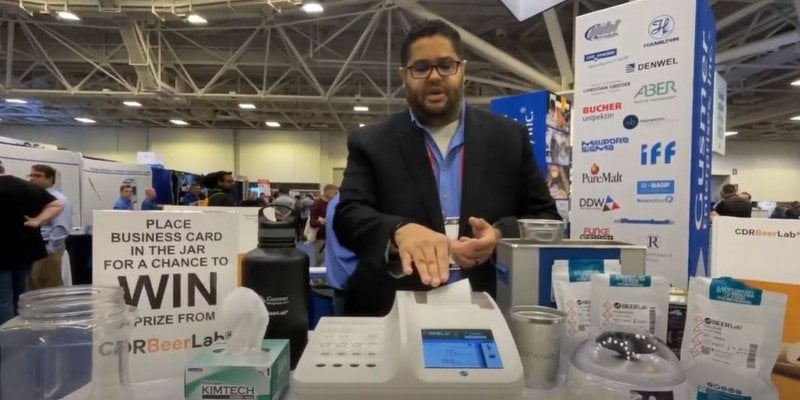

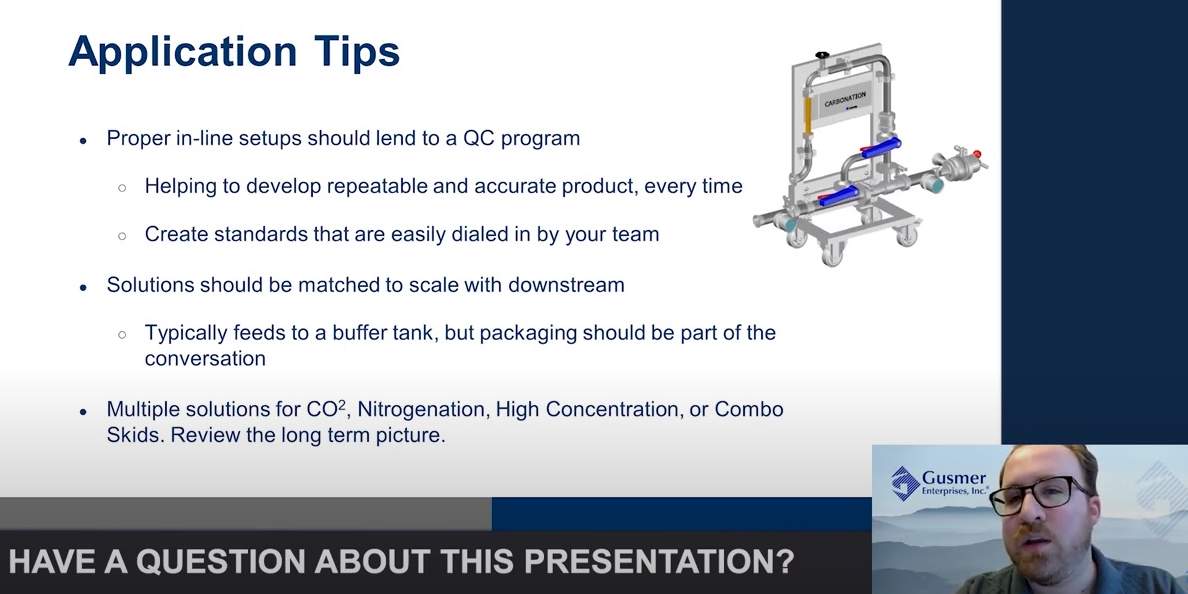

Matthew W. Street liked this on Facebook.
Charles Schmidt liked this on Facebook.
RT @CraftBrewingBiz: Brewhouse installation process detailed by Ellicottville Brewing Co., @EBCw, and @gusmerbeer http://t.co/cOkXLMvht1